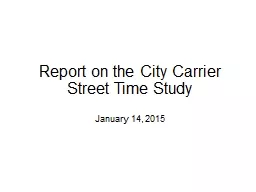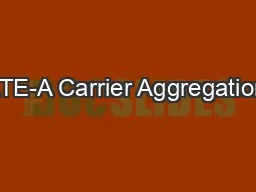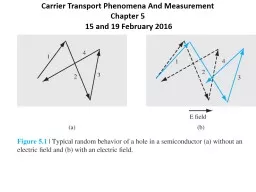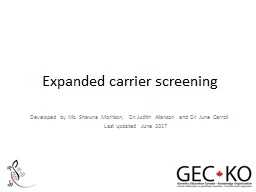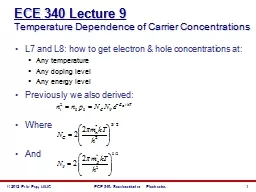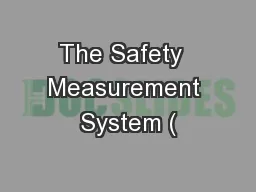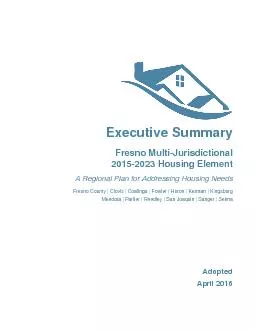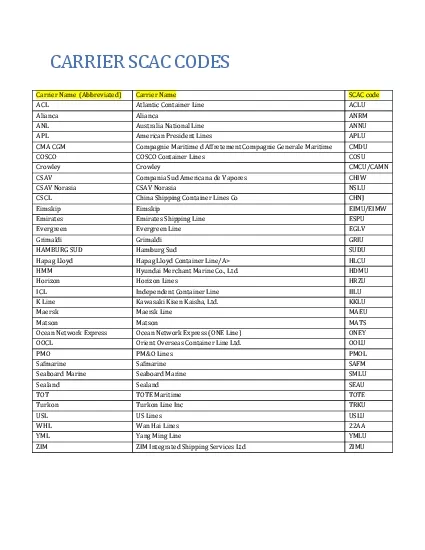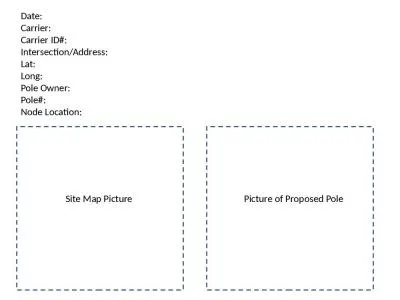PPT-Report on the City Carrier Street Time Study
Author : pamella-moone | Published Date : 2016-06-29
January 14 2015 AGENDA I Introduction II Constructing the Cost Pools III Estimating the Regular Delivery Equation and Associated Variabilities IV Estimating
Presentation Embed Code
Download Presentation
Download Presentation The PPT/PDF document "Report on the City Carrier Street Time S..." is the property of its rightful owner. Permission is granted to download and print the materials on this website for personal, non-commercial use only, and to display it on your personal computer provided you do not modify the materials and that you retain all copyright notices contained in the materials. By downloading content from our website, you accept the terms of this agreement.
Report on the City Carrier Street Time Study: Transcript
Download Rules Of Document
"Report on the City Carrier Street Time Study"The content belongs to its owner. You may download and print it for personal use, without modification, and keep all copyright notices. By downloading, you agree to these terms.
Related Documents

